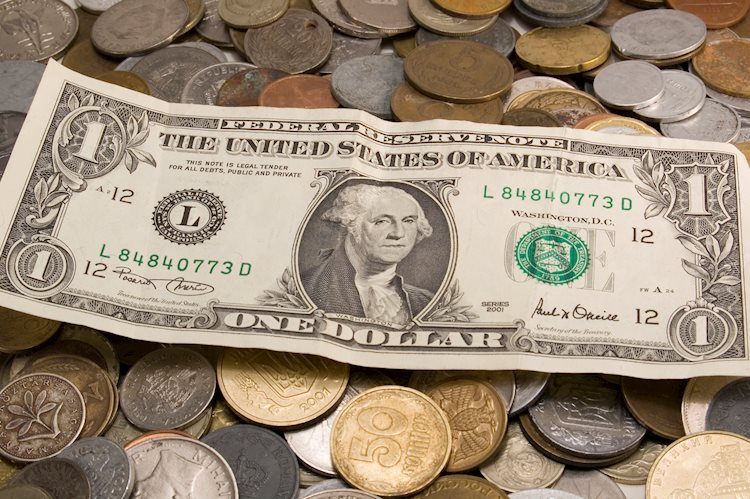The US Dollar experienced a surge in value on Thursday due to a rise in US Treasury yields, as indicated by the Dollar Index (DXY). This increase came after a slight dip earlier in the week following the analysis of mid-tier data releases, including weak Retail Sales figures for May. Despite disappointing labor and housing data, the USD managed to brush off these concerns and show strength.
However, Federal Reserve (Fed) officials have expressed caution regarding the economic outlook, tempering the upside for the Greenback. While signs of disinflation persist, the measured comments from Fed officials are keeping market expectations in check. Continued mixed signals from the economy could potentially hinder further USD strength.
During Thursday’s market movements, various economic indicators had mixed results. Building Permits and Housing Starts saw declines below expectations, while Initial and Continuing Jobless Claims showed slight fluctuations. The Philadelphia Fed Manufacturing Survey for June also posted lower-than-projected figures. The chances of an interest rate cut at the upcoming Fed meeting remain at 67%, according to the CME Group’s FedWatch Tool.
Technical analysis indicates that the DXY Index is showing bullish sentiment, supported by increased US Treasury yields. The Relative Strength Index (RSI) and Moving Average Convergence Divergence (MACD) indicate sustained bullish momentum, with the DXY Index above key moving averages. While the possibility of further USD gains remains, investors should monitor any changes in the economic landscape.
The Federal Reserve plays a crucial role in shaping monetary policy in the US. With a mandate to achieve price stability and foster full employment, the Fed adjusts interest rates to meet these goals. Raising interest rates strengthens the USD, while lowering rates encourages borrowing, which weighs on the Greenback. The Fed’s monetary policy decisions are made during eight policy meetings conducted by the Federal Open Market Committee (FOMC), comprising twelve Fed officials.
In extreme circumstances, the Fed may resort to Quantitative Easing (QE) to increase the flow of credit in the financial system. This non-standard policy measure was utilized during the Great Financial Crisis in 2008. Conversely, Quantitative Tightening (QT) is the reverse process of QE, strengthening the US Dollar by reducing the flow of credit. Understanding the role of the Federal Reserve and its policy decisions is essential for investors to navigate the complex landscape of the US economy and financial markets.









